If you were in the Creative/Arts department in your secondary school, you would recall some of the classes that involved you taking some practical lessons on tie and dye patterns, batik and others. With the big hot buckets of candle wax, dyes of different colours and clothing materials teaching you how beautiful patterns are made on clothes, those days were glorious.
To think that this was started many years ago to make what we call Adire, Kampala, Dansiki and the rest. Who would have known that even today, these ancient fashion trends would wax stronger? With better tools, what used to be vintage, is still all over the market, bigger and better.
Let’s flip through fabrics and colours into Naija’s vintage fashion crafts;
1. Adire (Tie-dye Patterns)
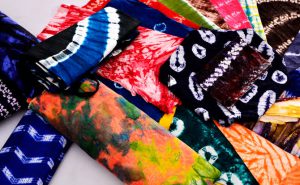

From T-shirts, throw pillows, dresses, wrappers, bedsheets, flipflops, bags to wallpapers, what started way back in Abeokuta, the capital of the ‘Egba’ nation before the missionaries introduced us to cotton in the 1850s has now turned into the multimillion business worldwide. The Guardian published an article that stated that in the 1960s, a growing availability of chemical dyes from Europe caused a revolution in colour and techniques. 9MOBILE- 7270 3112 0341 622. This, in turn, attracted the Nigerian fashion designers who now adapt the designs to print high-quality cloth and have transformed the art of Adire into an entrepreneurial craft. It consists of folding, twisting, pleating, crumpling fabric/garment, binding with string or rubber bands and then, the application of dye(s). What usually stands out in a tie-dye work is the splash of fun colours.
2. Batik Designs


It is also called Wax Writing. This is a technique of covering parts of fabric which will not receive colour. Batik is formed through three major processes – waxing, dyeing and dewaxing. Wax resist dyeing of fabric is an ancient art form and back in the day. The Yorubas started it in Nigeria with the use of cassava starch, candle wax and rise paste as opposed to the beeswax used in foreign countries.
Top Flexxzone Picks
- 5 Top Foreign Celebrities Who Wore ‘Made In Naija’
- “Mary Amaka” Complete Fashion Makeover
- DIY Fashionable Clothing Hacks
3. Aso Oke (Cloth Weaving)
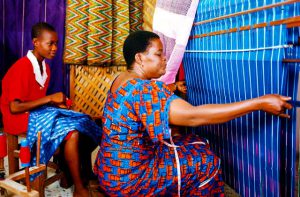

Source: onchek.com
If you do not know this one, then you are not a Nigerian o (Lol!). ‘Aso Oke’ means clothes from up-country. Made by the Yorubas, it is a cloth that is worn on special occasions for chieftaincy, festivals, engagement, naming ceremony and other important events. The fibres used for weaving are either locally sourced or brought from neighbouring states (northern parts of the country).
AIRTEL: 5617-1861-0537-1670
The beauty of the Aso-Oke has been amplified by our popular Aso-Ebi trend, where a group of people wear the same traditional attire with flair and colour. Today, there are many types of Aso-Oke ranging from double weaving, damask, lace, plain and pattern, silk to cotton and many more. The making of the Aso-Oke involves, planting of cottons, spinning, sorting, patterning and then weaving.
4. Knitting
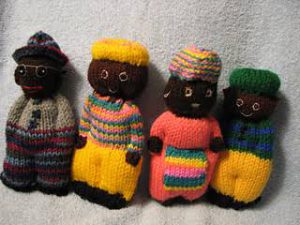

Source: ravelry.com
The English love their knitting, so do Nigerians. It has been for ages and it’s here to stay. This isn’t just for old women with too much time on their hands, it’s also for young fashionistas, too. The fashion industry has largely embraced it by making sweaters, beanies, bags, socks, head warmers, jacket, crop top, whew, etc. with it. The work of knitting wool can be long, but the result is almost always rewarding.
5. Raffia
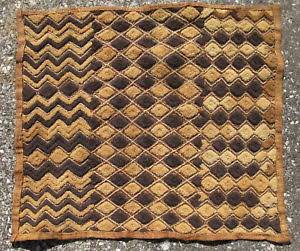

Raffia comes from the raffia palm in Southern Nigeria; and bark cloth is made similar to the process of making paper, by soaking and boiling the bark of suitable trees. Today, we not only have beautiful clothes made from raffia, we equally have bed lamps, curtains, bags and hats of the same material that stand out in the crowd.
What do you think about Nigeria’s vintage fashion craft coming back to life? Share with us in the comments session.



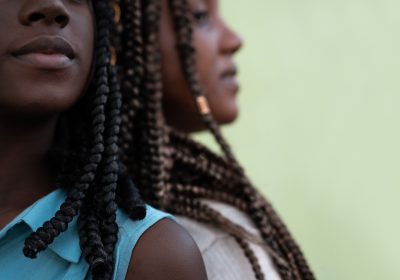

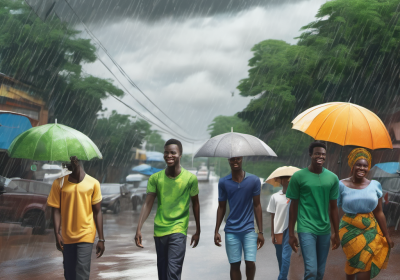














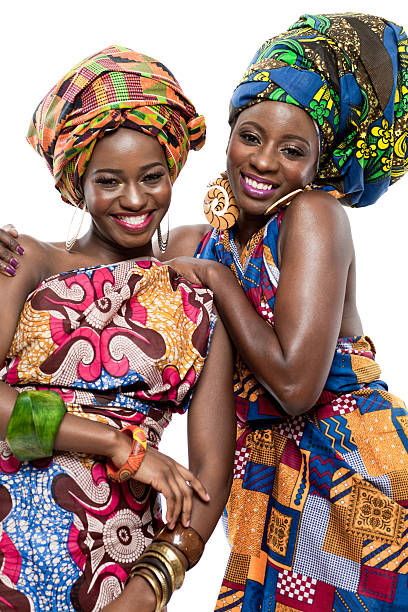


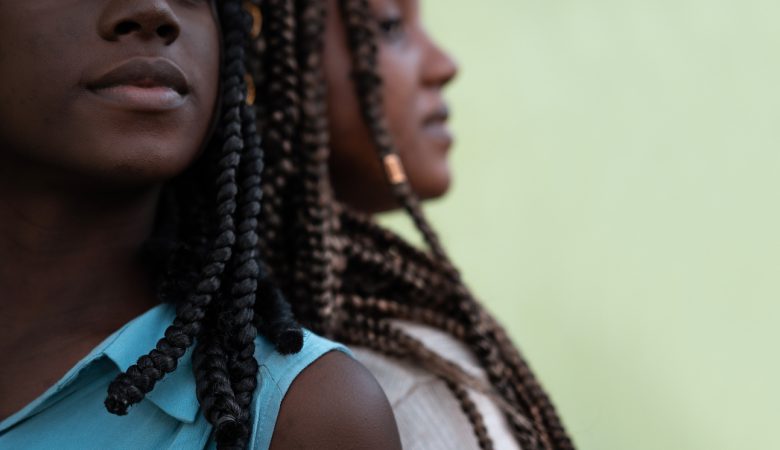





Leave a Reply